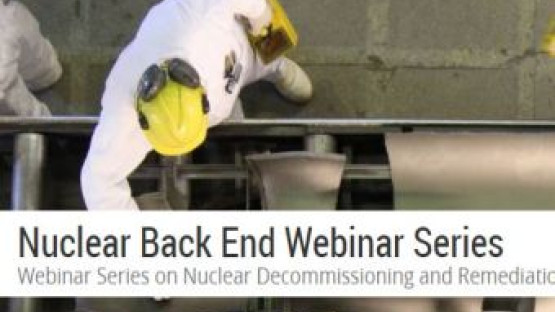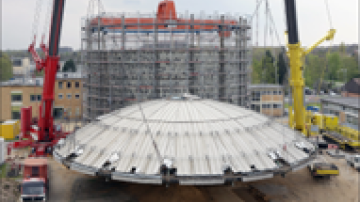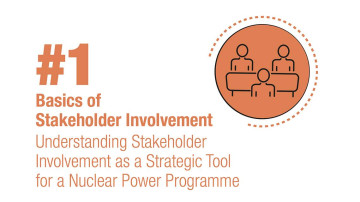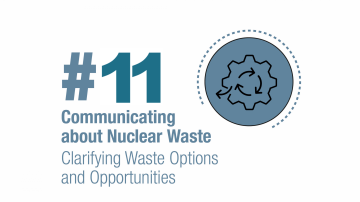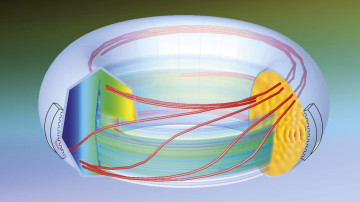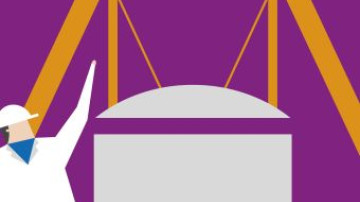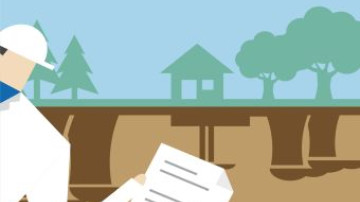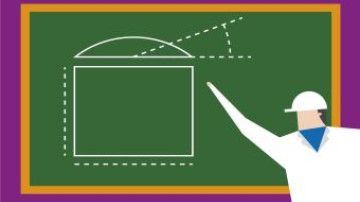Clearance is the term used to describe the release of radioactive materials from the control of the radiation protection authority. Usually, this involves sources, objects, materials or waste with very low levels of radioactivity, that are below certain well-established radiological criteria.During decommissioning of nuclear facilities, especially NPPs and nuclear fuel cycle facilities, large amount of different materials and waste may be generated. Vast majority of that is radiologically clean or contains very low activity concentrations of radionuclides, thus presenting ‘trivial’ radiation risk to people, so it is not justified to keep it under the regulatory control by the nuclear or radiation safety authority. Clearance is then the exit from the regulatory regime - an authorized process of systematic sampling and measurements, using also knowledge of the history of a given material, to prove that it meets the clearance criteria. Once cleared, the material can be reused or recycled and the waste can be disposed of as non-radioactive.The webinar explains the concept of clearance, the radiological criteria used and their determination, different clearance options, the implementation of the clearance process, main technical challenges and the practical benefits form application of clearance. It will also provide examples from practices in the Member States.
Nuclear Back End Webinar Series 3.6 - Application of Clearance in Management of Waste from Decommissioning
How to enroll
CLP4NET course enrolment requires a valid NUCLEUS account. The NUCLEUS Web Single Sign-on system allows registered and authorized users to securely access a variety information resources with a single username and password.
To register a new NUCLEUS account, click here.
Please visit our help pages for information on how to register, sign-in or for other useful information.


